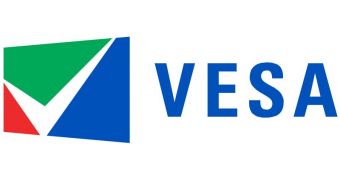The new standard set by the Video Electronics Standards Association (VESA) now allows network client devices and host systems to establish working connections with multiple clients by using virtual channels for handling data traffic with differing priorities. In doing so, there appears to be the possibility for multiple display capabilities, all the while reducing the complexity of the respective clients and even increasing the remoting distance from a meter to thousands of kilometers.
VESA is an international non-profit corporation that, through having a voting membership of over 150 corporate members worldwide, sets and supports industry standards for personal computers, workstations and consumer electronics. The new Net2Display Remoting Standard supports keyboards, pointers, audio and USB-based peripherals and provides the efficient remoting of computer displays and I/O devices across local and wide networks, including interconnects.
Also, in using the new standard, basic IP network solutions focus more on interactive traffic, with discovery mechanisms being able to function without user supervision or interventions. The new standard achieves all these operations via Internet Protocol (IP) networking, while I/O devices are remotely connected to the host through a USB protocol via the client.
“Net2Display is the first standard that specifies display and I/O device remoting over a network,” Bill Lempesis, executive director, VESA, said. “Other approaches to remoting bring with them drawbacks that limit their application, particularly with regard to display codecs. The Nets2Display standard meets the industry’s need for a remote I/O standard and provides for comprehensive interoperability.”
The Net2Display can work with any display connected to the host through Ethernet, Wi-Fi, and the Universal Serial Bus. The standard is different from other protocols through its support for display codec plug-ins, as opposed to the other remoting solutions, which can only handle fixed proprietary codecs. The standard also does not need for USB devices to modify their drivers and makes optimal use of all infrastructures.
The standard may be downloaded from www.vesa.org.

 14 DAY TRIAL //
14 DAY TRIAL //